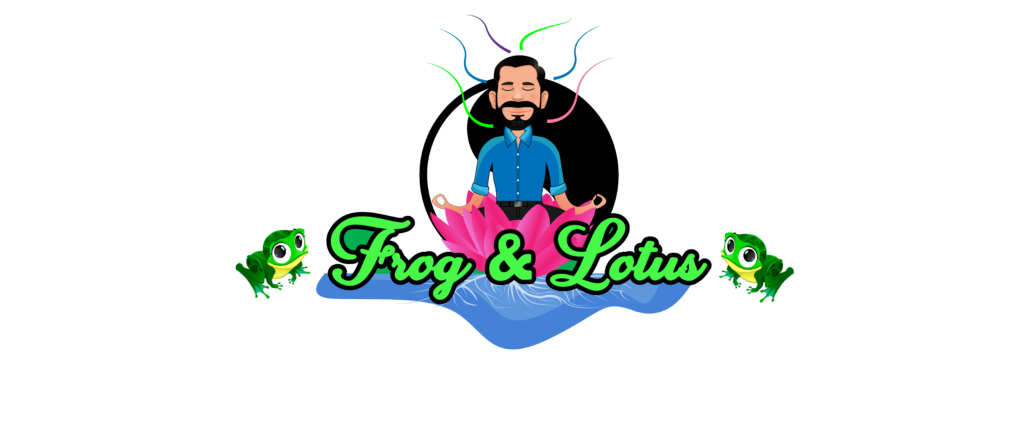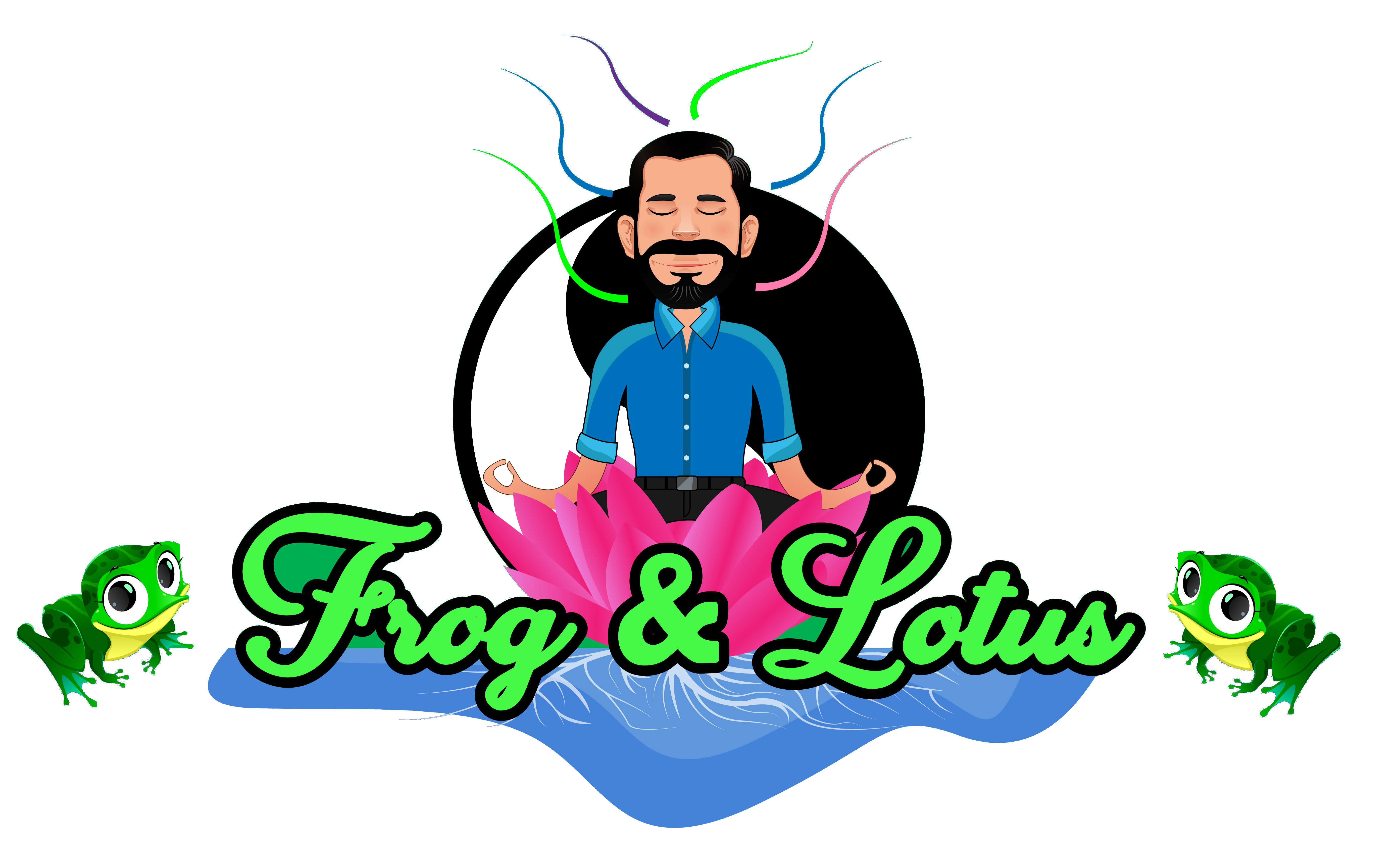A firm and ripe, juicy red delicious apple is a thing that can appeal to our senses. You can see it, feel it, and taste it. If you’ve never eaten an apple before, you don’t fully understand the experience. When you eat an apple, your senses send data to your brain for processing. When you pick up the apple, your sense of touch allows you to feel the smooth skin. When you bite into it and chew, you can feel both the firm skin and softer inside and you can taste the sweetness.
Your eyes, fingers and tongue don’t see, touch or taste. They simply react to the direct interaction with the apple, then send messages to your brain which forms percepts. This process involves integration of the sensations that are collected during direct experience. After that very first experience, our mind retains the percepts so that we know what to expect next time. As our minds develop further, we are able to understand symbols including words. At this point in our cognitive development, we can assign the word apple to this common experience. In this way, the word represents a bunch of memories consolidated, integrated and categorized into knowledge which becomes available for later use. The next time we see an apple, we know what it is without touching or tasting.
I was first introduced to the chronology of man’s consciousness by Ayn Rand in her book, Introduction to Objectivist Epistemology. She explains that human “consciousness develops in three stages: the stage of sensations, the perceptual, the conceptual.” I described the first two stages above using the example of eating an apple. Lower life forms experience sensations, but do not remember them and so do not learn or integrate them into percepts. Higher forms of animal life are able to remember their senses by developing percepts. If I ask my dog if he wants a “treat,” he knows exactly what I’m talking about and comes running.
What differentiates man from animals is our ability to think beyond percepts through abstraction and the formation of concepts. Apple is a word, but the word is not the thing itself. Rather it is a symbol that represents the thing, or in other words it is a concept. Simple concepts such as an apple represent a tangible thing that our senses can experience. But man has the capacity to build concepts based on other concepts that cannot be experienced by the senses.
For example, a dollar bill is a piece of paper, cut to a certain size with a consistent ink pattern. Our senses can help us recognize it through sight, smell, and touch (and taste, although I’ve never tried.) In that way, a dollar bill is a simple concept. However, there is a deeper meaning behind the dollar bill. That piece of paper represents an exchange of value. Value is a concept invented by man to simplify the exchange of goods and services. The value of a dollar is not something animals can understand because they do not have this faculty of reason. My dog has no interest in money; he likes treats much better. It is reason which has allowed us to learn science and math, write poetry and literature, develop organized religions, and create corporations, countries and governments.
As far as we know, there is no other life form on Earth with the ability to create concepts that go beyond the perceptual level. In this way we are unique. Reason is our super-power and mankind has put it to great use to advance our civilization. Our ability to create concepts and categorize is limitless and constantly expanding as concepts build on one another.
Our conscious experience is no exception. Through reason we have conceptualized and categorized our own individual experience into a concept that we each identify with as “I”. “You” and “I” are words. They are concepts that represent something, but they are not the thing itself. In that categorizing of ourselves, we have fallen into, what Erich Fromm says in The Art of Loving, the problem of human existence. This problem, stemming from life being aware of itself, and the categorizing which follows, is separation.
Photo by Markus Winkler on Unsplash


